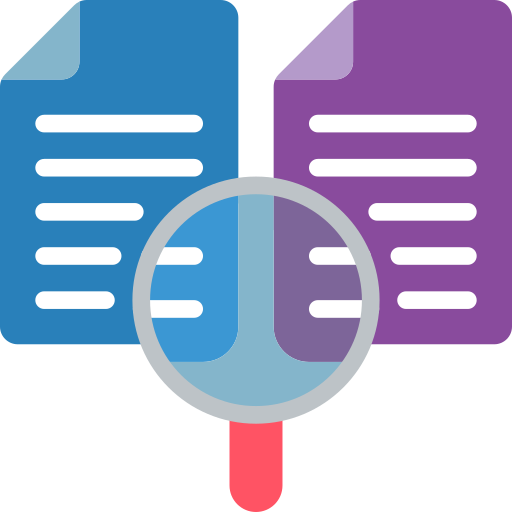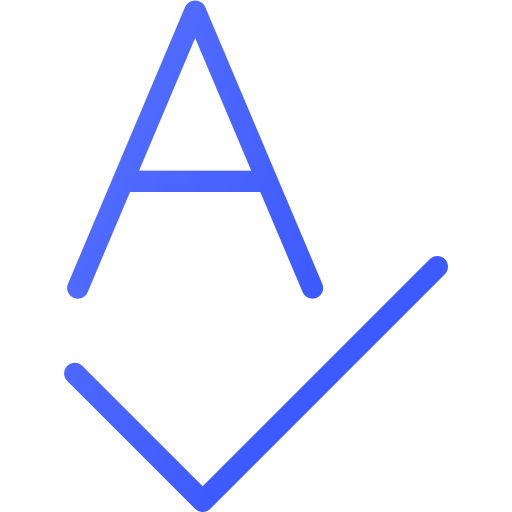
Dynamic creativity in design is the driving force that separates exceptional work from the ordinary. However, even the most inventive minds can hit a creative wall. This is where design prompt generator come into play, serving as a catalyst to ignite inspiration and streamline the creative process. Let’s delve into the intricacies of design prompt generators and explore how they can revolutionize your design workflow.
Introduction to Design Prompt Generator:
What is a Design Prompt Generator?
A design prompt generator is a tool that provides designers with random or structured prompts to inspire and guide the creative process. These prompts can range from simple ideas to complex concepts, offering a fresh perspective and challenging designers to think outside the box. Whether you’re a graphic designer, UX/UI specialist, or an artist, these generators can be invaluable in sparking new ideas and overcoming creative blocks.
The Evolution of Design Prompts
Traditionally, designers relied on brainstorming sessions, mood boards, and peer discussions to gather inspiration. With the advent of technology, design prompt generators have evolved from basic random idea generators to sophisticated tools powered by artificial intelligence. This evolution has not only enhanced the quality and relevance of prompts but also made them more accessible and customizable to individual needs.
Importance of Design Prompt Generator in Creativity:

Enhance Creative Thinking
At times, routine projects can lead to repetitive designs and stifle innovation. Design prompt generator inject novelty into the creative process by presenting unexpected and diverse ideas. This stimulates the mind to explore uncharted territories and fosters enhanced creative thinking, leading to unique and compelling designs.
Overcoming Designer’s Block
Every designer has faced moments where inspiration seems elusive. Design prompt generators act as a remedy for this common ailment by providing immediate sources of inspiration. By offering a starting point, these generators help designers overcome creative blocks and regain momentum in their projects.
Real-World Examples of Success
Consider a scenario where a graphic designer is tasked with creating a logo for a new eco-friendly brand but struggles to find a unique angle. Utilizing a design prompt generator, the designer receives a prompt combining natural elements with geometric shapes, leading to a distinctive and memorable logo that resonates with the brand’s ethos.
How Design Prompt Generators Work
The Mechanism Behind Prompt Generation
Design prompt generators operate by compiling vast databases of ideas, themes, and concepts. When prompted, they algorithmically combine different elements to produce coherent and relevant prompts. Advanced generators leverage machine learning to understand user preferences and generate more tailored suggestions over time.
Types of Design Prompt Generator
Text-Based Generators
These are simple tools that provide textual prompts, offering descriptive ideas or themes for designers to interpret creatively. They are straightforward and ideal for quick inspiration across various design disciplines.
AI-Powered Generators
Leveraging artificial intelligence, these generators offer more sophisticated and contextual prompts. They can analyze current design trends, user inputs, and project requirements to produce highly relevant and innovative suggestions, making them a powerful asset for professional designers seeking cutting-edge inspiration.
Benefits of Using Design Prompt Generator:

Saving Time and Resources
In the fast-paced design industry, time is of the essence. Design prompt generator expedite the brainstorming phase by providing instant ideas, allowing designers to save valuable time and resources that would otherwise be spent on extensive research and ideation.
Design approaches are diverse
By introducing unconventional and diverse prompts, these generators encourage designers to diversify their perspectives. This leads to more inclusive and globally appealing designs that cater to a wider audience and stand out in competitive markets.
Enthusiastic test
Design prompt generators create a safe space for designers to experiment with new styles and concepts without the fear of failure. This fosters a culture of innovation and continuous learning, essential for personal and professional growth in the design field.
Choose The Right Design Prompt Generators:
Factors to Consider
Selecting the appropriate design prompt generators is crucial to maximizing its benefits. Here are some key factors to consider:
User Interface and Experience
An intuitive and user-friendly interface enhances usability and ensures that designers can navigate and utilize the tool effectively without unnecessary complications.
Customization Options
The ability to customize prompts based on specific needs and preferences is essential. Look for generators that offer flexible customization options, allowing you to tailor prompts to your project’s unique requirements.
Integration Capabilities
Consider whether the generator can integrate seamlessly with your existing design tools and workflows. Effective integration enhances efficiency and ensures a smooth creative process.
Implementing Design Prompt Generators in Your Workflow
Step-by-Step Guide to Integration
- Identify Your Needs: Understand the areas in your workflow where inspiration is needed.
- Choose the Right Tool: Select a design prompt generators that aligns with your requirements.
- Customize Settings: Adjust the generator’s settings to suit your project’s goals.
- Generate and Explore Prompts: Utilize the prompts to spark ideas and explore various design directions.
- Incorporate and Iterate: Integrate the chosen prompts into your design process and iterate as needed for optimal results.
Best Practices for Maximum Efficiency
- Combine Multiple Prompts: Don’t hesitate to merge different prompts for more innovative outcomes.
- Collaborate and Share: Use prompts as a collaborative tool within your team to foster collective creativity.
- Reflect and Adapt: Regularly assess the effectiveness of prompts and adapt your usage accordingly for continuous improvement.
Challenges and Limitations
Potential Creativity Constraints
While design prompt generators are designed to inspire, over-reliance on them may lead to creativity constraints. It’s important to balance generated prompts with personal insight and originality to maintain authentic and unique designs.
Reliance on Technology
Dependence on these tools may reduce spontaneous creativity and problem-solving skills. Designers should ensure they continue to develop and trust their creative instincts alongside using technological aids.
Future of Design Prompt Generators
Innovations on the Horizon
The future holds exciting prospects for design prompt generators, with advancements in AI and machine learning promising more intuitive and context-aware prompts. We can anticipate tools that not only generate ideas but also provide real-time feedback and suggestions throughout the design process.
Impact on the Design Industry
As these tools become more sophisticated, they are set to transform the design industry by democratizing creativity and making high-quality design inspiration accessible to all, regardless of experience level.
Design prompt generators have emerged as invaluable tools in the modern designer’s toolkit, offering a wealth of inspiration and aiding in overcoming creative hurdles. By integrating these generators thoughtfully into your workflow, you can enhance creativity, efficiency, and the overall quality of your designs. Embrace the power of design prompt generators and unlock new realms of creative potential.
FAQs About The Design Prompt Generator:
What industries can benefit from design prompt generators?
Design prompt generators are versatile and can benefit a wide range of industries including graphic design, fashion, interior design, advertising, and even education, where creative thinking is essential.
Are design prompt generators suitable for beginners?
Absolutely! These tools are excellent for beginners as they provide guidance and inspiration, helping novices develop their skills and explore various design styles and concepts.
How do AI-powered design prompt generators differ from traditional ones?
AI-powered generators offer more personalized and contextually relevant prompts by learning from user interactions and current trends, whereas traditional generators provide more generic and random prompts.
Can design prompt generators replace human creativity?
No, design prompt generators are meant to complement human creativity, not replace it. They serve as a source of inspiration, but the designer’s personal touch and creative judgment remain crucial.
Where can I find reliable design prompt generators?
Reliable design prompt generators can be found through professional design communities, software marketplaces, and reputable online platforms dedicated to creative tools and resources.







